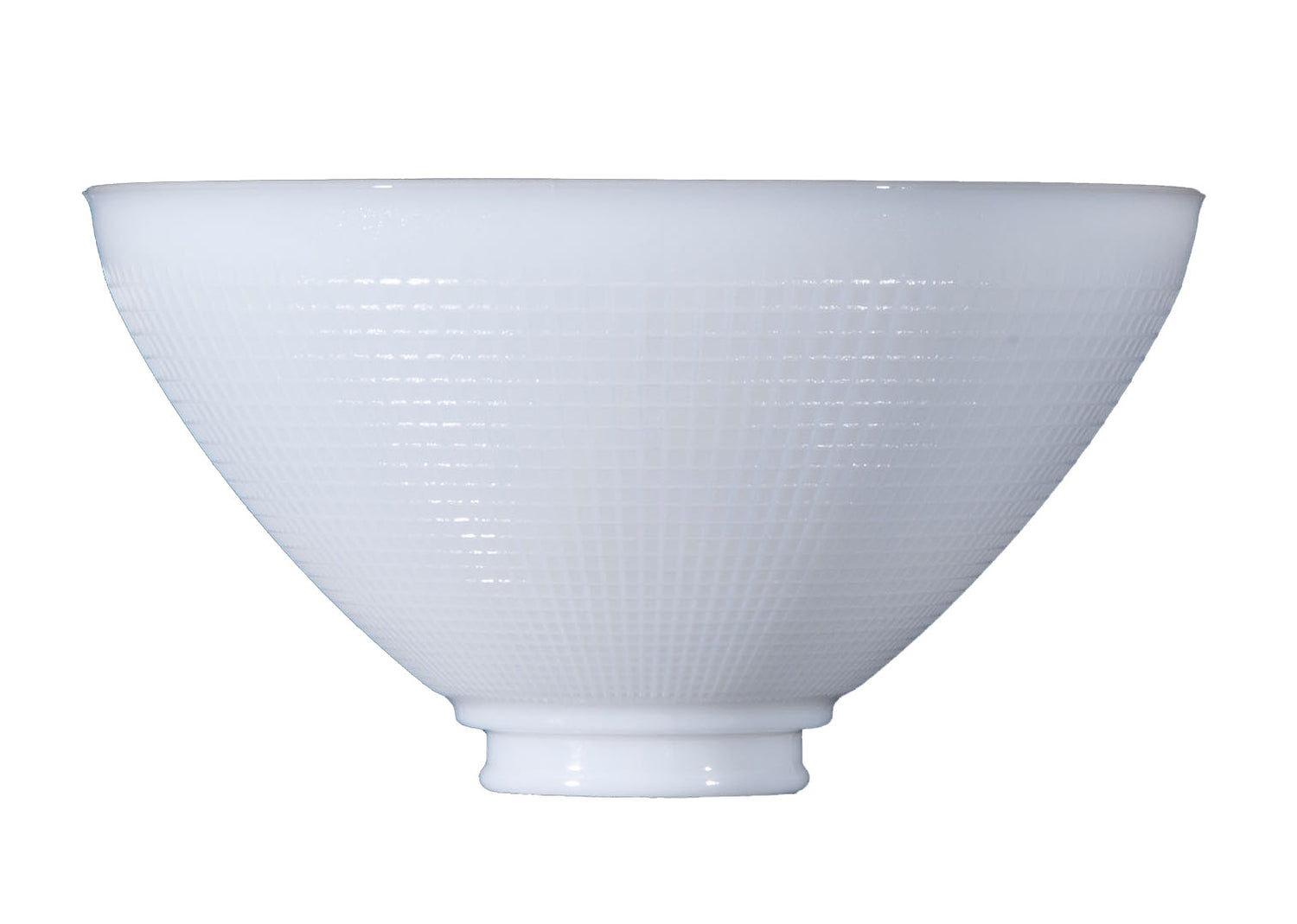Lumens and Lighting Facts
Consumers have always shopped for light bulbs by measuring wattage, but one of the biggest misconceptions made at the local home improvement store is that wattage directly correlates with light output. This simply isn't the case. At Antique Lamp Supply, we strive to keep customers up-to-date by supplying valuable information based on research and more than 60 years of experience in the lighting industry. In this guide, we explore the meaning behind lumens and other lighting facts that play an important role in our we illuminate our homes.
What Are Lumens?
A lumen (lm) is a photometric unit of luminous flux that measures the total amount of visible light or the perceived power of light that emits from a lamp or light fixture. The higher the lumen count, the brighter a lamp will appear. Photometry pertains to the measurement of light in terms of its perceived brightness to the human eye. Unlike radiometric measurements, photometric measurements do not measure all the visible and invisible wavelengths of a light source. Photometric data takes the varying sensitives of the human eye to different wavelengths of visible light into account. Lux is another SI-derived unit of illuminance that measures luminous flux per area, but it is equal to one lumen per square meter. Unlike lumen, lux takes the area over which the luminous flux is spread into account.
In most jurisdictions, it is required by law that manufacturers label their light bulbs or fixtures with light output in terms of lumens. It can be helpful to think of what lumens are to light as gallons are to milk. Yet, it is still critical that you understand the differences between lumens and watts before rushing off to buy the bulb you think you need.
Lumens vs. Watts
Now that you know what lumens are, let's take a closer look at the second most important measurement when determining which bulb is right for your light fixture. Watts are the standard measurement of energy consumption. In the case of traditional incandescent light bulbs, the higher the wattage, the brighter a lamp will appear, but this method of measurement is no longer a reliable way to gauge the brightness of a new, more efficient LED light bulb.
Experts often use "wattage equivalent" when informing consumers about what level of output a light bulb will produce at a glance without having to research the lumen specification. The latest LED bulbs emit more light and are much more energy-efficient than their incandescent counterparts. In simple terms, the watts in an LED bulb are converted to light rather than heat. As technological advancements unfold, we will be able to produce more lumens using even less watts. As a result, you will consume less energy overall.
Other Lighting Facts
You can use lumens to compare the brightness of one bulb to the next, regardless of whether it's a compact fluorescent, light-emitting diode, or halogen incandescent light. Once you compare the brightness of a bulb, you can compare other factors that may impact your decision – yearly energy consumption and cost, expected bulb life, as well as appearance. CFL light bulbs do contain mercury, so cleanup and disposal may require extra care or attention.
There are many lighting facts you can use to determine whether a bulb is right for you, your home, or the type of lighting you wish to achieve (ambient, task, or accent). The Federal Trade Commission requires all manufacturers to give consumers key information in an easy-to-read format. General-service lamps will typically have a label and principal display panel information. Labels must include information pertaining to the light output, the estimate annual energy cost, the life of the lamp, the correlated color temperature, the wattage, the ENERGY STAR logo for qualified products, the design voltage, and a statement regarding mercury content. Manufacturers are also required to post copies of all Lighting Facts labels online for at least six months after production of a model ends.
If you are used to shopping for incandescent light bulbs, shopping by lumens can be difficult. Luckily, there are a variety of comparison and conversion charts that can show you the correlation between output and wattage based on common products. If you have any questions about this article or would like to learn more about our light bulb selection, please contact us today for additional information or further assistance.

